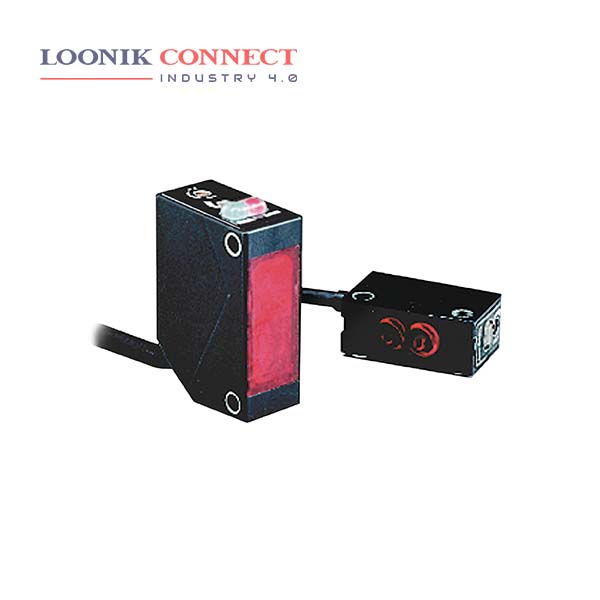Our Bulletin 42B short-range background suppression sensors are discontinued and no longer available for sale. Demanding market conditions pose significant challenges. Across the enterprise and throughout the lifecycle, you must continuously strive for ways to leverage your existing automation investment. Let Rockwell Automation help you determine your migration options and show you the benefits, including better performance, more informed business decisions, reduced maintenance costs, and quicker response to changing market demands.
The background suppression sensor is a diffused mode photoelectric that uses separate sensing elements to detect objects close together without detecting the background material. Its sensing range for black is just 5% less than its range for white targets, and it can operate at a variable distance. Background suppression is a variation of the diffuse sensing mode that uses the triangulation principal. When light emitted from the sensor strikes the target, it will be reflected back to the receiver at some angle.
It is a variation of diffuse mode reflective sensor that uses the ‘triangulation principle’. Unlike a regular diffuse mode sensor which measures the amount of reflected light, background suppression sensors measure at which angle the reflected light falls on the sensor.










